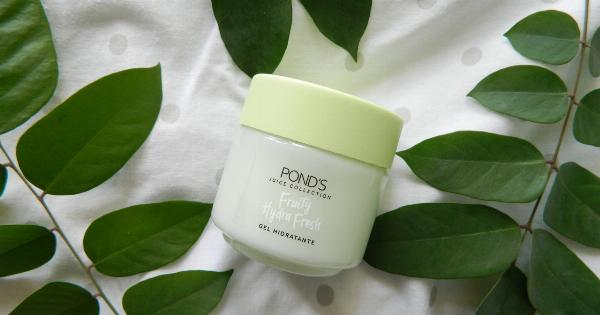Exfoliation is a crucial step in any skincare routine. It helps to remove dead skin cells, unclog pores, brighten your complexion, and improve your skin’s overall texture.
However, exfoliating your face is not as simple as just scrubbing your skin with any random product. Here are the top 5 must-know rules for exfoliating your face.
Rule #1: Choose the Right Type of Exfoliant
There are two types of exfoliants: physical and chemical. Physical exfoliants, like scrubs and brushes, work by physically scrubbing away dead skin cells. Chemical exfoliants, like AHAs and BHAs, work by dissolving the bonds between dead skin cells.
Physical exfoliants are perfect for individuals with normal skin types, whereas chemical exfoliants are better for individuals with sensitive or acne-prone skin. No matter what type of exfoliant you choose, ensure that it is gentle on your skin.
Rule #2: Exfoliate at the Right Time and Frequency
You should exfoliate your face based on your skin type. Individuals with normal skin should exfoliate twice per week.
People with sensitive skin should exfoliate once per week, and people with acne-prone or oily skin can exfoliate as much as three times per week. Never exfoliate more than thrice per week, as it will lead to irritation and redness.
Exfoliate your face only when it is clean, dry, and free of any makeup or impurities. Exfoliate at night, as it allows your skin to calm down before the next day, and avoid exfoliating before you go out in the sun, as it can lead to skin damage.
Rule #3: Be Gentle
When exfoliating your face, never scrub too hard, as it can irritate your skin. Use gentle, circular motions and apply slight pressure to avoid damaging your skin.
Also, avoid exfoliating the sensitive areas of your face, such as the under-eye and lip areas, as they are more prone to damage than other areas.
Rule #4: Follow Up With a Moisturizer
After exfoliating, follow up with a moisturizer to hydrate your skin. Exfoliation can leave your skin dry and sensitive, so it’s important to moisturize your skin to replenish lost moisture and soothe any irritations.
Moisturizing also helps to protect your skin from environmental damage.
Rule #5: Know When to Stop
If your skin feels irritated or red after exfoliating, stop immediately. Over-exfoliating is a common mistake that leads to skin damage and irritation. Pay attention to your skin’s reaction to exfoliation and adjust as necessary.
If your skin feels excessively dry, try reducing the frequency of your exfoliation.
Conclusion
Exfoliating your face is an essential step in any skincare routine, but it’s important to do it properly to avoid skin damage.
Always choose the right type of exfoliant for your skin, exfoliate at the right time and frequency, be gentle on your skin, follow up with a moisturizer, and know when to stop. By following these simple rules, you can achieve healthy, glowing skin that looks and feels its best.




























